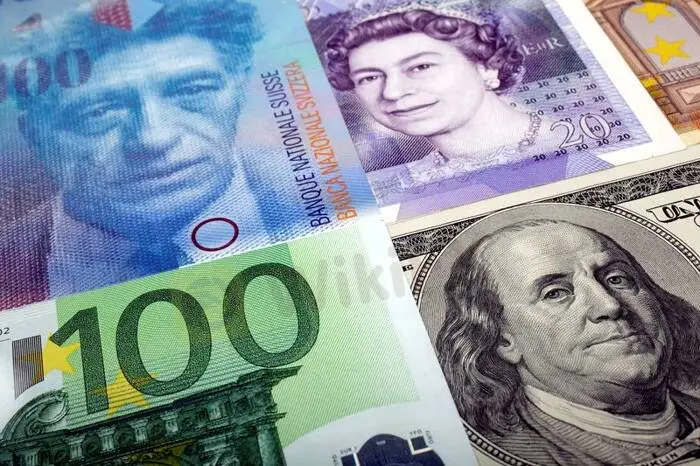简体中文
繁體中文
English
Pусский
日本語
ภาษาไทย
Tiếng Việt
Bahasa Indonesia
Español
हिन्दी
Filippiiniläinen
Français
Deutsch
Português
Türkçe
한국어
العربية
Yen falls to one-month low, sterling solidly higher on global recovery trade
Abstract:The dollar and yen were at the low end of their recent ranges in thin holiday trading on Thursday, having fallen overnight as investors favoured riskier currencies along with equities.
The yen dropped to a new one-month low and sterling hit a six-week high in holiday-thin trading on Thursday, after investors overnight had turned back towards riskier currencies and equities.
The moves seemed to be linked to recent improved sentiment as many governments resist imposing new, widespread lockdowns, even as the Omicron variant of the coronavirus surges.
Reuters data shows global COVID-19 infections hit a record high over the past seven-days.
“Markets continue to price in finishing Omicron fears thanks to low hospitalisations. That has encouraged investors out of defensive positioning and back into the global recovery trade,” said Jeffrey Halley, a senior market analyst for Asia Pacific at Oanda.
The Japanese currency was fetching 115.05 per dollar, its lowest in a month and not too far from its November trough of 115.51, a four-and-a-half-year low. Halley also attributed the yens weakness to Japanese investors deploying cash offshore.
Sterling reached as high as $1.3505, its best mark in six weeks, before meeting resistance and falling back. The riskier Australian dollar continued to inch higher to $0.72585.
The euro slipped 0.15% to $1.333 after touching a month high on Wednesday.
The shift away from the safe haven yen and towards the Australian dollar was also in keeping with moves in other asset classes. The S&P 500 and the Dow Jones Industrial Average closed at all-time highs on Wednesday, the latter rising for a sixth session. [.N]
But with many traders away ahead of the year-end, analysts cautioned against reading too much into the moves, and rising U.S. yields helped put a floor under the dollar, preventing sharp price swings.
Benchmark 10-year yields reached 1.56% on Wednesday, the highest since Nov. 29, in U.S. trading after the Treasury sold $56 billion in seven-year notes to weak demand. [US/]
They last yielded 1.5462%.
The Turkish lira was at 12.7 per dollar having fallen 6.9% on Wednesday in another volatile day.
Despite surging more than 50% last week following state-backed market interventions, it has lost 40% of its value this year. However, Turkeys Finance Minister Nureddin Nebati said on Wednesday that the current swings in the lira were not worrying and that it would return to normal levels.
Bitcoin steadied after two days of losses. The worlds largest cryptocurrency was last around $46,700, having been trending lower since hitting an all-time high of $69,000 in November.

Disclaimer:
The views in this article only represent the author's personal views, and do not constitute investment advice on this platform. This platform does not guarantee the accuracy, completeness and timeliness of the information in the article, and will not be liable for any loss caused by the use of or reliance on the information in the article.
WikiFX Broker
Latest News
Consob Targets Political Deepfake “Clone Sites” and Unlicensed Platforms in Latest Enforcement Round
WikiEXPO Global Expert Interviews: Gustavo Antonio Montero: ESG in Finance
Global Guide to Finding Forex IBs/Brokers — Share Your Pick and Win Big!
Trump tariffs are helping drive U.S. beef prices to new highs
Mitrade Arabic Platform Targets MENA Gold Trading Boom
Israeli Arrested in Rome Over €50M Forex Scam
Scam Alert: GINKGO-my.com is Draining Millions from Malaysians!
New FCA Consumer Alert 2025: Important Warning for All Consumers
EmiraX Markets Withdrawal Issues Exposed
Trading Pro Review: Scam Broker Exposed
Currency Calculator



